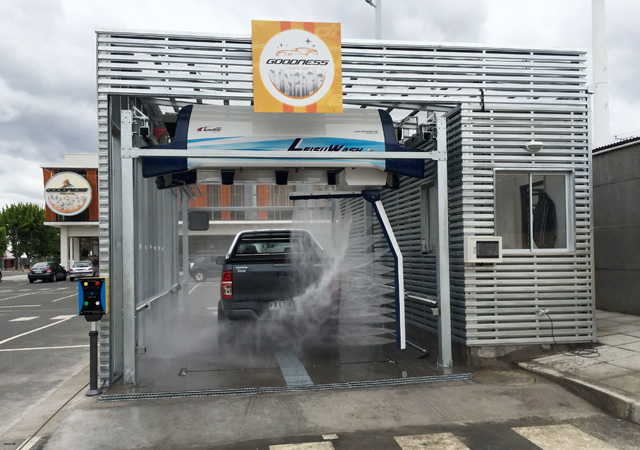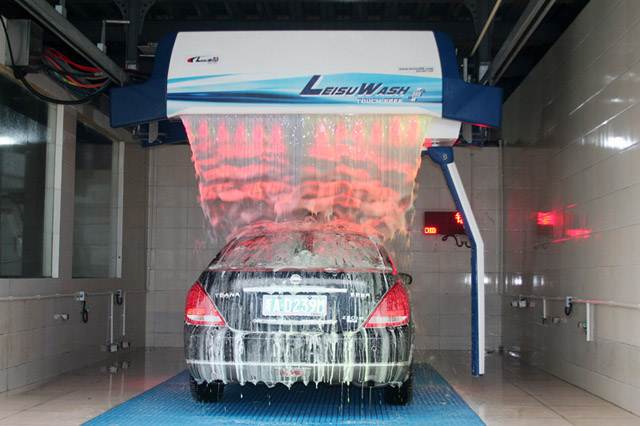Don’t wash your car when the body is hot, such as immediately after driving it or after it has been parked in direct sunlight for awhile. Heat speeds the drying of soap and water, making washing more difficult and increasing the chances that spots or deposits will form.
Don’t move the sponge in circles. This can create light, but noticeable scratches called swirl marks. Instead, move the sponge lengthwise across the hood and other body panels. And don’t continue using a sponge that’s dropped on the ground without thoroughly rinsing it out. The sponge can pick up dirt particles that can scratch the paint.
Do rinse all surfaces thoroughly with water before you begin washing to remove loose dirt and debris that could cause scratching. Once you begin, concentrate on one section at a time, washing and rinsing each area completely before moving on to the next one. This ensures that you have plenty of time to rinse before the soap dries. Start at the top, and then work your way around the car. Use a hose without a nozzle and let the water flow over the car from top to bottom. This creates a sheeting action that helps minimize pooling of water.
Do work the car wash solution into a lather with plenty of suds that provide lots of lubrication on the paint surface. And rinse the sponge often. Using a separate bucket to rinse the sponge keeps dirt from getting mixed into the sudsy wash water.



